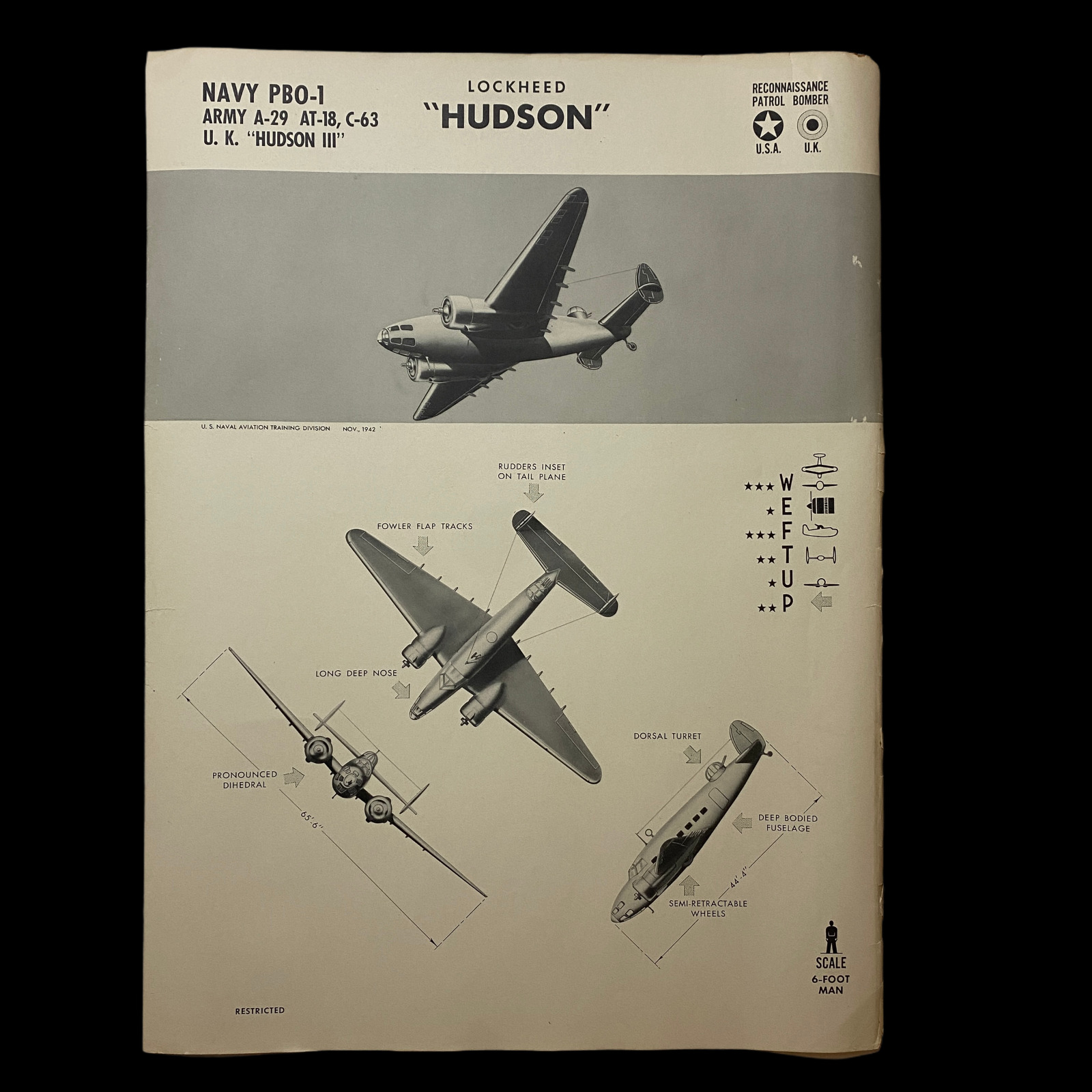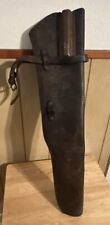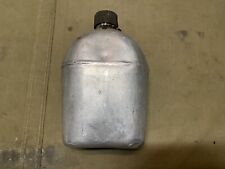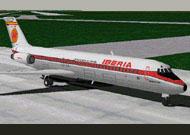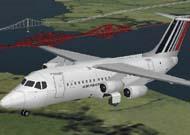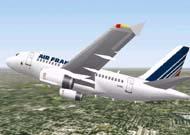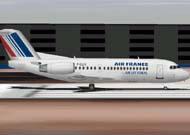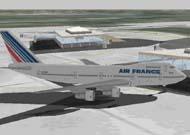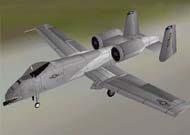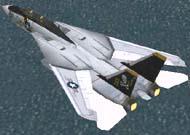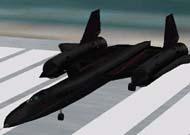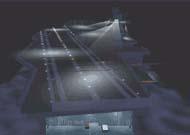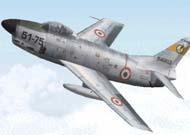When you click on links to various merchants on this site and make a purchase, this can result in this site earning a commission. Affiliate programs and affiliations include, but are not limited to, the eBay Partner Network.
Size: 19 x 25 inches
This original ‘RESTRICTED’ aircraft identification poster was published by the U.S. Naval Aviation Training Division Nov 1942. This poster was posted as a training tool as well as an in theater ID poster to help U.S. and other Allied pilots, bomber crews and Naval personal to identify Allied and enemy aircraft. W.E.F.T.U.P. or Wing, Engine, Fuselage, Tail, Undercarriage, Peculiarities was a system set up for the purpose of aircraft identification and recognition.
World War II saw some of the first introduction of these aircraft ID poster to prevent friendly fire and more accurate plane recognition in combat. It was believed these posters alone could save countless lives from friendly aircraft-on-aircraft or friendly anit-aircraft fire. These posters also could cut down precious second pilots, bomber gunners, and naval gun crews would have to ID a plane flying towards them intern saving their lives by shooting first.
Each poster provides the silhouettes, dimensions, and relevant information to educate both air and ground personnel in aircraft identification. Immediate identification of aircraft, friendly or not, was essential in order for the observer (whether in the air e.g., pilot, gunner, or patrol observer, or on the ground, e.g., anti-aircraft crew) to determine his next course of action (e.g., acknowledge, attack, evade, or report). Each poster details a large clean sky and background image of the specified aircraft located as the main top imagine on the poster. It also contains important ‘peculiarities’ such as where certain gun emplacements are located, other special aircraft features, as well as wing and length measurements.
Lockheed Hudson:
TheLockheed Hudsonwas anAmerican-builtlight initially for theRoyal Air Forceshortly before the outbreak of theSecond World Warand primarily operated by the RAF thereafter. The Hudson was a military conversion of theLockheed Model 14 Super Electraairliner, and was the first significant aircraft construction contract for theLockheed Aircraft Corporation—the initial RAF order for 200 Hudsons far surpassed any previous order the company had received. The Hudson served throughout the war, mainly withCoastal Commandbut also intransportandtrainingroles as well as delivering agents intooccupied France. They were also used extensively with theRoyal Canadian Air Force\'santi-submarinesquadrons and by theRoyal Australian Air Force. By February 1939, RAF Hudsons began to be delivered, initially equippingNo. 224 Squadron RAFatRAF Leuchars,Scotlandin May 1939. By the start of the war in September, 78 Hudsons were in service.[7]Due to the United States\'neutralityat that time, early series aircraft were flown to the Canada–US border, landed, and then towed on their wheels over the border into Canada by tractors or horse drawn teams, before then being flown toRoyal Canadian Air Force(RCAF) airfields where they were then dismantled and \"cocooned\" for transport as deck cargo, by ship toLiverpool. The Hudsons were supplied without theBoulton Pauldorsal turret, which was installed on arrival in the United Kingdom.Although later outclassed by larger bombers, the Hudson achieved some significant feats during the first half of the war. On 8 October 1939, overJutland, a Hudson became the first Allied aircraft operating from theBritish Islesto shoot down an enemy aircraft[8](earlier victories by aFairey Battleon 20 September 1939 overAachenand byBlackburn Skuasof theFleet Air Armon 26 September 1939 had been by aircraft based inFranceor on anaircraft carrier). Hudsons also provided top cover during theBattle of Dunkirk.On 27 August 1941, a Hudson ofNo. 269 Squadron RAF, operating fromKaldadarnes, Iceland, attacked and damaged theGerman submarineU-570causing the submarine\'s crew to display a white flag and surrender – the aircraft achieved the unusual distinction of capturing a naval vessel. The Germans were taken prisoner and the submarine taken under tow when Royal Navy ships subsequently arrived on the scene.[9]A PBO-1 Hudson of theUnited States NavysquadronVP-82became the first US aircraft to destroy a German submarine,[10]when it sankU-656southwest ofNewfoundlandon 1 March 1942.U-701was destroyed on 7 July 1942 while running on the surface offCape Hatterasby a Hudson of the396th Bombardment Squadron (Medium),United States Army Air Forces(USAAF). A Hudson ofNo. 113 Squadron RCAFbecame the first aircraft of the RCAF\'s Eastern Air Command to sink a submarine, when Hudson625sankU-754on 31 July 1942.


